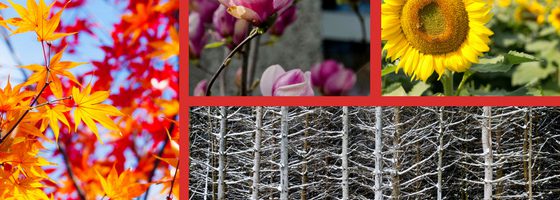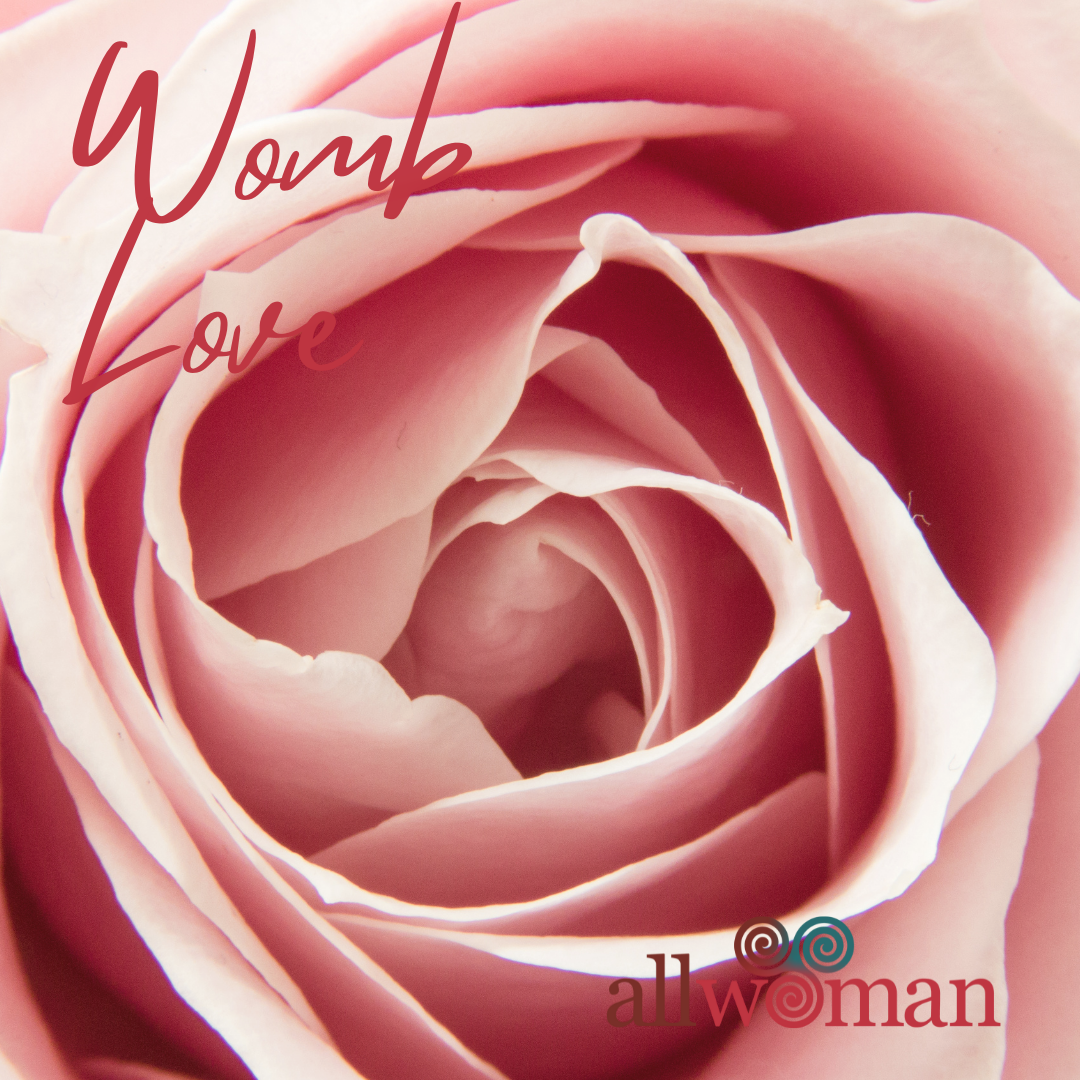Energy, seasons, your menstrual cycle and you

As women, we’re expected to be the same every day – look after our families, go to work, be productive, race around, get things done… but we’re not the same every day. Some days we’re full of energy, others we’re not. Some days we want to be sociable and surround ourselves with people, other days we’d rather be alone.
We’re deeply affected by the natural energy of the moon, the seasons, the tides and our own monthly cycles – and we often fight it, being portrayed as weaker than men or too emotional for a high powered job, but when we really learn about ourselves and tune into the natural energy around us we can be truly amazing.
Charting your menstrual cycle is a very powerful tool and one that every woman should get into the habit of using. By getting to know your monthly fluctuations in energy, you can start to work and plan with it, unlocking your innate superpowers as a woman. You’ll be able to monitor through awareness and start to predict when during each month you tend to have most extroverted energy, optimal physical energy, increased sexual energy, engaging social energy, and be able to plan around that. Booking meet ups at times when you’re most social, starting projects when you know you’ll feel motivated and have lots of creative energy, being active at times that suit and building your life plans during periods of reflection and when you tend to be most self-critical. Once you understand your cycle better, you’ll also be ready for the inevitable drops in energy and the times when you feel a bit scatty or tongue-tied, sluggish or just a bit down and low. You’ll know it’s a natural part of who you are and you can be more prepared for the ebbs and flows when they arise and start to see patterns you can support through improved self-care and nurture.
By treating your menstrual cycle as purely a biological process you’re losing its deeper meaning. The four phases of your menstrual cycle roughly correspond with the four seasons – spring, summer, autumn and winter.
Every women’s cycle is unique to her. There is no one size fits all and some women have a cycle longer or shorter than others. The best way to see how your energy flows is to monitor it yourself. However, I’ve given you a flavour of what you might expect from each phase of your cycle below. Women who are postnatal, perimenopausal, struggling with endometriosis, painful ovulation or hormone imbalance may however have a completely different experience. What is your cycle telling you?
Often spring and summer, between the end of menstruation and ovulation, is a time of high energy when we’re into doing lots of doing. This can often be a super productive time, a sociable time when we can feel really good. After ovulation, we often get the inner call to draw inwards and gradually start to withdraw, slow down and draw in, much like the Autumn season out in the world before the whole cycle begins all over again.
SPRING
Spring (roughly day 5 to 7 until day 12 to 13 depending on your cycle length) – or the follicular phase to give it its biological name – starts just after your period and lasts for between seven and ten days, depending on your cycle length.
The power of the inner spring is a lovely natural motivation, a fresh beginning, full of natural focus and optimism, a sort of willingness to go out and try things again. -Alexandra Pope
During this time, the follicles in your ovaries that contain your eggs start to mature and one of them will ripen ready for ovulation. Your energy levels tend to gradually rise and there may well be a general upbeat feeling in the air, a general happy vibe.
Spring is a great time to start exciting new projects We’re naturally full of creativity here, brainstorming and problem solving comes easily.
SUMMER
Summer (roughly day 13 to 21 depending on your cycle length) – or the ovulatory phase – only lasts for two or three days. It’s the shortest phase of your cycle when your ripe follicle bursts releasing an egg. During the next day or so, the egg is either fertilised or it dies.
Your energy levels, however, continue to rise to their peak during summer and you’ll often feel full of confidence, feeling good about yourself, how you look and how you feel.
Learn to go with the flow during ovulation time, trust your instincts and let things happen. It’s a very productive and sociable doing time but it can be easy to overdo things here and burn out later on.
This phase may not be so great for you either once you move into perimenopause as oestrogen levels start to drop, and it will also be a very different experience for postnatal mums while their body and cycle is resetting itself after birth. Notice what your unique experience of this phase is like for you. What do you love? What do you dislike? What do you notice?
AUTUMN
Autumn (roughly day 21 to around day 28) – the luteal phase – begins after ovulation and has two halves.
Initially, the follicle that released the egg starts to produce progesterone which stimulates the growth of the lining of the womb in readiness for pregnancy. Then, having declined initially, oestrogen levels rise slightly in preparation for pregnancy. However, if there is no pregnancy, oestrogen and progesterone levels then fall causing the womb lining to shed during the next phase.
During the first half of autumn as progesterone levels rise, you’ll start to feel like winding down after the high energy of summer. Then things can become a little more difficult as both oestrogen and progesterone levels start to fall. This is where we can experience symptoms of PMS, crave comfort foods and become unbalanced or ungrounded with fluctuating mood swings.
There’s lots more information about premenstrual syndrome in one of my previous blogs.
But it’s not all bad news, the more you can stay close to your experiences here and track this phase, the more you’ll really understand it and you.
How do you experience autumn? What comes up for you? Are you kind and gentle with yourself?
The wild nature carries the bundles for the healing; she carries everything a woman needs to be and know. She carries the medicine for all things. She carries stories and dreams and words and songs and signs and symbols. She is both vehicle and destination. – Clarissa Pinkola Estes
WINTER
The bleed or menstruation time – lasts between roughly three and seven days, more for some women. Day 1 of your cycle is actually the first day of your bleed.
As your progesterone level falls, you shed the lining of your womb and you bleed.
There can be a real sense of letting go when your period starts. Energy will be at its lowest here and often there is a deep desire to be introverted and inward focused, wanting to be alone with the need to rest and take a break from daily duties. This really is your thinking and reflection time, rather than your doing action time.
If you experience headaches and/or menstrual cramps during your period, you could try a hot water bottle to ease the symptoms or a Restorative Yoga class. It’s very hard to find the right balance with our busy lives and families still to cater for but it’s good practice to get our partners and other family members thinking too about the changes women experience in their energy and cycles. Paving the way for our girls in the future, teaching them how to look after themselves from a young age and also teaching our boys how they can support their women when they grow older.

Do you want to dive deeper?
Womb Love
Womb Love is our 3 month online course for women taking you through every phase of your menstrual cycle/monthly rhythm as your energy ebbs and flows. It is an invitation, a shared journey back to wholeness, into a deeper understanding of your inherent and innate feminine power and body wisdom.
One to One Menstrual Cycle and Womb Health Support
We also offer one to one menstrual cycle and womb health support with Lara. You can book a one to one session here or if you’d like to discuss the support that you require, why not book a free 20 minute initial consultation?
